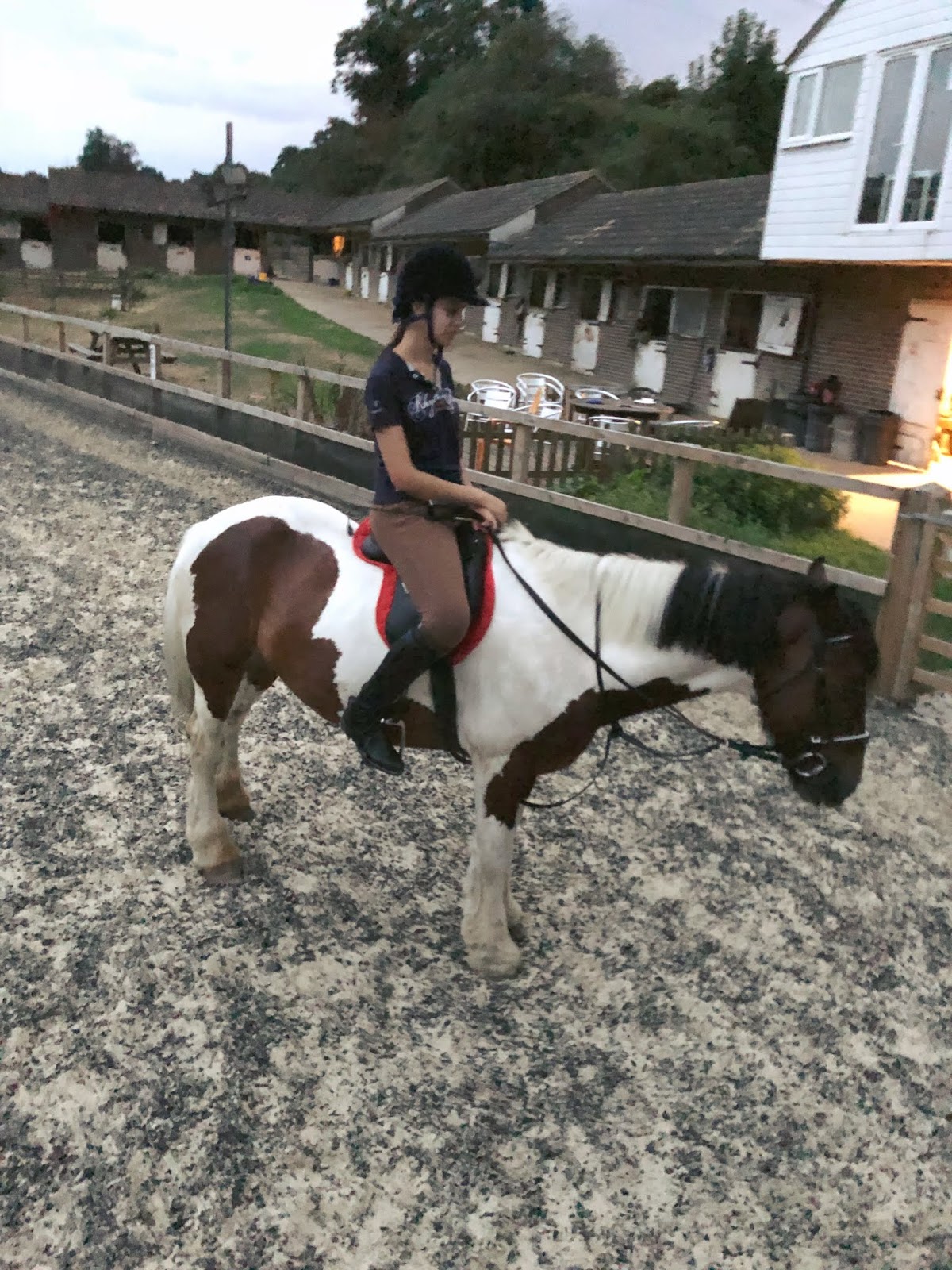Perfecting the half-halt & the challenge of a challenging horse
Throughout my equine career I have repeatedly found that some of the best lessons come from riding the worst horses. Riding in the UK, for example - oftentimes away from the hot-blooded, high energy equines I'm used to - I've found many native breeds to have a more cold-blooded temperament...but this is where, as a rider and trainer, I can best hone my skills.
You don't become a world-class rider by restricting your training and schooling to the best horses - the Hanoverians and Andalusians leading in dressage, the Thoroughbreds sired by Triple Crown winners in flat racing, the foals of Olympic showjumping winners, or the Arabians bred to win 100 mile races.
By widening my training to include all kinds of horses - temperament, energy level, breed - and by riding many different kinds of horses one after the other every week, I've noticed my riding skills seriously level up. Sometimes opting to work with naturally lower energy and more stubborn horses in conjunction with my equine coach (and three-time Olympic equestrian) Jennie Loriston-Clarke, I've improved my half-halts in particular to a level international dressage riders would appreciate. The half-halt is an important part of riding and must be taught to a horse early in his training - it is a way of asking the horse to rebalance himself and also to listen to you, as the rider, before asking him to do any movement. First you half-halt, then you give the aid for the movement. If faced with a challenging or unbalanced horse, chances are the half-halt will be your saviour.
When teaching the half-halt, you correct your position, close your lower legs and gently push the horse into a restraining hand until the horse engages his hind legs. You lighten your seat a fraction and allow with the hand as soon as you feel the response of the horse, using his hind legs to slow himself. You then ride forward again at the original pace, or alternatively ask for some movement. Sometimes it is beneficial to use repetition and association of place to help you teach the horse what you require in the half-halt. With a young or particularly stubborn horse, start in walk, and turn around the school, for example, asking for halt across the centre line. Repeat this perhaps 20 times, until the horse is beginning to anticipate your wishes and almost halting for himself, then ride forward again. You can then change into trot and ask for transition down to walk using your voice as well as legs, seat and hands. Then, when the horse is responding to the downward transition, but before he changes into the lower pace, prevent this by using your seat and leg aids to ride forward again. When this is achieved in the same place, and you feel your horse understands your aids for the half-halt across the centre line, go on to practise the half-halt in different parts of the manége, until you can ride in trot and perform several half-halts with the horse listening to your aids. The half-halt should then be practised in all paces, as the horse becomes better balanced with its use.
 |
| Riding gear: on |
Once the half-halt is well-established, the transitions within the pace are not too difficult to achieve. It is very important not to allow the horse to run in the lengthened strides. If this happens, he must be asked to half-halt; then try again for just a few steps. As the horse's balance improves, the number of steps can be increased until he is in a correct balance throughout the length of the manége.
When you start working with young or particularly challenging horses, he should always be ridden in working trot. This is an active trot with the horse's impulsion coming from his hind legs. The horse will maintain his balance and be steadily controlled between the rider's legs, seat and hands. A horse who is in correct balance and self-carriage can move in medium or extended trot all round the manége without losing rhythm or cadence, and with a half-halt he will come back to collected trot, moving with softness into the shorter and higher steps demanded from collection.
From the working trot, medium trot, collected trot and extended trot can be executed. Working trot into medium trot is the natural progression forward, and when this transition has been established, then a collected trot must be obtained before a real extended trot can be expected. It is only from true collection that a full extended trot can be achieved. In extended trot the horse is activated from the hind legs, the forehand is light and free, and the horse has freedom to use all his limbs fully and to his maximum power, without losing his balance.
The aids for the half-halt summarized
- Sit in correct upright position.
- Close lower legs into a restraining but allowing hand.
- Lighten the seat.
- Close legs again, and allow with hands as horse responds.
- Apply aids for next movement required, or to stay in current pace.














No comments: